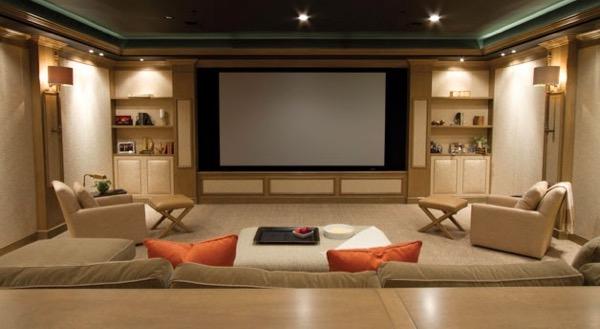Tom, I'm generally in agreement with what you're saying here. You really captured the conundrum consumers currently contemplate(say THAT three times fast!). That's why your last comment caught me a little off guard: If your reference display is an OLED, do YOU use it merely for casual viewing?
As you pointed out throughout the article, flatscreen displays have objectively better picture quality. They can't compare with the "wow factor" of a projector because of the size of the image, but if we had a 65" Sony or LG OLED sitting next to a 135" Sony 4K HDR projector, playing the same content, we'd likely both agree that the OLED looks significantly better.
I'd like a projector, and I intend to buy one at some point. But it's because of how good 4K HDR, WCG flatscreens look, at a price I can afford, that I chose one as my display....for serious viewing.



































































